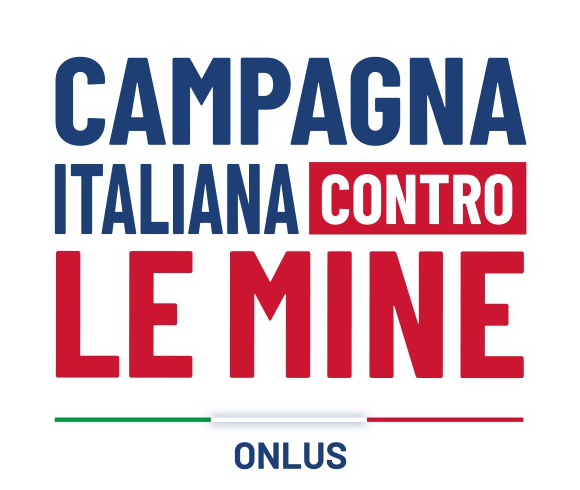|
This is the second blog post in a series looking at an array of issues in 2021 related to weapons use, the arms trade and security assistance, at times offering recommendations.
Assistance to victims of antipersonnel mines and cluster munitions has been constantly evolving since it first was included as an obligation in Article 6.3 of the Mine Ban Treaty.For instance, it is now agreed that:
With this in mind, what developments can we expect on victim assistance in 2021?
In 2021, those of us interested or working on victim assistance can also look forward to:
Undoubtedly, 2021 will also be a challenging year. But It should be one that continues the collective work to ensure we build a more inclusive, accessible world for all – including women, girls, men and boys who are survivors, families of those killed and injured, and the communities affected by all types of weapons. |
Traduzione in Italiano >>>
